How I Use Claude Projects to Create This Newsletter (And How You Can Too!)
A Behind-the-Scenes Look
Before I begin today’s edition, I want to express my sincere thanks to all of you. Deep Writing has just crossed 100 members, and every single subscription motivates me to create better content to help you scale your writing business.
Every time I sit down to write this newsletter, I have a secret weapon by my side.
It’s an AI assistant that knows exactly who I am, what I write about, and how I want to write it.
No more explaining my brand voice in every conversation.
No more copy-pasting style guidelines.
No more losing context between chats.
Welcome to Claude Projects — a feature that transforms Claude from a general-purpose AI into your personal writing assistant.
In today’s article, I’ll show you exactly how I use Claude Projects to create this newsletter, and how you can build your own AI writing system that produces content matching your unique voice and style.
Note:
Claude Projects is available with Claude Pro membership.
ChatGPT Projects work pretty much the same way. You can use either.
What Are Claude Projects (and Why Should You Care?)
Imagine you’re working with a human writing assistant. You wouldn’t need to re-explain your writing style, target audience, and content goals every morning, right?
They’d remember these details from your previous conversations.
That’s exactly what Claude Projects does for you.
A Project is like giving Claude a dedicated notebook for your brand. When you create a project, you can:
Upload your brand documents (value statement, ideal reader avatar, pain points, etc.) and writing samples so Claude can reference them in every conversation within that project
Keep everything organized. You can have separate projects for content ideation, content creation, and editing.
Because Claude remembers everything you’ve shared within that project, you need not start from scratch with every chat.
Here’s what this looks like in practice:
Without Projects
“Hi Claude, I write a newsletter that helps writers leverage AI to scale their writing business. Here’s my ideal reader profile… [paste ideal reader profile]. Here’s my UVP… [paste UVP]. Here’s my value statement... [paste value statement]. Here are my audience pain points... [paste pain points].
Help me write an article on xyz”
With Projects
“Hey Claude, let’s work on the next article for the newsletter. I want to create an article around xyz”
(Claude already knows your style, audience, and goals because you uploaded these once when creating the project)
To create a truly powerful content ecosystem with Projects, have these foundational documents ready
Ideal Reader Avatar (detailed profile of who you’re writing for)
Customer Pain Points (your ideal readers’ biggest challenges)
Value Statement (what problem you solve and for whom)
Movement Statement (the change you’re creating in your industry)
Don’t have these documents yet? No worries! Check out these guides to create them:
Set Up Your Content Creation System in 3 Simple Steps
Let me show you exactly how to set up your own content ideation system, using Deep Writing as an example.
Step 1: Create a New Project
Click on Projects on the sidebar and select “New Project” button in your Claude workspace.
Give your project a clear, descriptive name and add a brief description to remind yourself what this project is for.
This is how it looks for Deep Writing:
Step 2: Set Up Project Instructions
This is where the magic happens. Project instructions tell Claude how to behave in every conversation within this project.
Think of it as briefing a new team member about their role.
Once the project is created, Click on + symbol in the Instructions tab:
This opens up a window where you can feed a custom prompt that guides Claude’s behavior within the project:
Provide a detailed prompt t
Here’s the prompt I use for Deep Writing (feel free to adapt this for your needs):
<Role>:
You are the strategic content ideator for Deep Writing, a newsletter guiding solopreneurs stuck in the content grind publish authority-building content without wasting hours with AI-powered systems, so they can grow their influence and scale their business without burning out.
Your SOLE responsibility is content ideation - identifying article ideas that will resonate deeply with our target audience.
<Resources>:
The following documents are available in Project Knowledge to inform your ideation:
- **Ideal Reader Avatar**: Detailed profile of our ideal reader avatar
- **Value Statement**: Core value proposition and positioning of Deep Writing
- **Pain Points**: Specific content creation challenges our ideal reader faces that articles should address
- **Movement Statement**: The transformation Deep Writing seeks to bring
Refer to these documents when evaluating idea alignment with reader needs and strategic objectives.
<Context>:
Every newsletter idea should:
1. Solve a specific, atomic problem the ideal reader faces today
2. Position Deep Writing as the source for working automations and frameworks, not just theory
<Guidelines>:
1. Refer to the Ideal Reader Avatar in Project Knowledge for comprehensive details about the reader's professional context, technical comfort level, business goals, and content creation challenges.
2. Refer to the Pain Points document in Project Knowledge for the reader’s specific content creation challenges that each article idea should address.
3. Each article tackles ONE specific bottleneck in the reader’s content creation process. Break large problems into smallest possible components and solve those surgically.
4. Every article idea must provide systematic, repeatable approaches rather than one-off advice. Readers must be able to implement and scale what they learn.
5. 75% of ideas should deliver tangible outcomes (workflows or systems). 25% provide strategic mindset shifts. Always prioritize implementation over theory.
Every article idea must include:
1. **Atomic Problem Statement**
- The EXACT challenge the ideal reader faces (be hyper-specific)
- Situational context when this problem occurs
- Emotional impact and frustration level of this problem
2. **Pain Point Connection**
- Which of the ideal reader's core pain points (detailed in Project Knowledge) this directly addresses
- Secondary pain points this solution impacts
- How this fits into the ideal reader’s broader content creation challenges
3. **Critical Importance Justification**
- Why solving this specific problem is crucial RIGHT NOW
- Business impact of not solving this problem
- Competitive advantage gained by solving it systematically
- Time/energy cost of continuing manual approaches
4. **Reader Transformation Promise**
- Specific capability the reader will gain after implementation
- Measurable outcome improvement (time saved, quality gained, consistency achieved)
- How the ideal reader’s content creation life improves tangibly
- Strategic positioning advancement through this solution
Before Proposing Any Idea, verify that the idea:
- Solves ONE specific challenge
- Directly addresses one of the ideal reader’s core pain points (see Project Knowledge)
- meaningfully improves the ideal reader's content creation ROIStep 3: Upload Brand Docs
Let’s now upload the documents we’ve mentioned under the brand docs to provide Claude the context it needs.
Click on + symbol in the Files tab:
and upload your ideal reader avatar, ideal reader pain points, value statement, and movement statement.
You can also give it the list of past articles created so it knows the kind of content you like to create (make sure you mention in the instructions if you do so).
And that’s it!
You now have a personal AI writing assistant that understands your brand, your audience, and your goals.
Pro Tips for Building Your Own Writing Project
Text files work best. Check this out to understand the number of files you can upload and types of file supported.
Start with Clear Context: Upload comprehensive but focused reference materials. More isn’t always better. Include only what directly impacts content creation/ideation.
Maintain Clear Project Structure: Have a separate project for each phase of writing. So you can have one that ideates content, another that takes an idea and drafts the article, and yet another that reviews that content to ensure it adheres to your standards.
Maintain Conversation Hygiene: Start new conversations for different articles. Remove conversations that are not useful. This makes it easier to find things later.
Update References Regularly: As your brand evolves, update your reference materials. This keeps Claude aligned with your current style and standards.
What’s Next?
Check this out on how to create a style guide for your brand using AI. This will ensure that every line you write sounds like you, not AI.



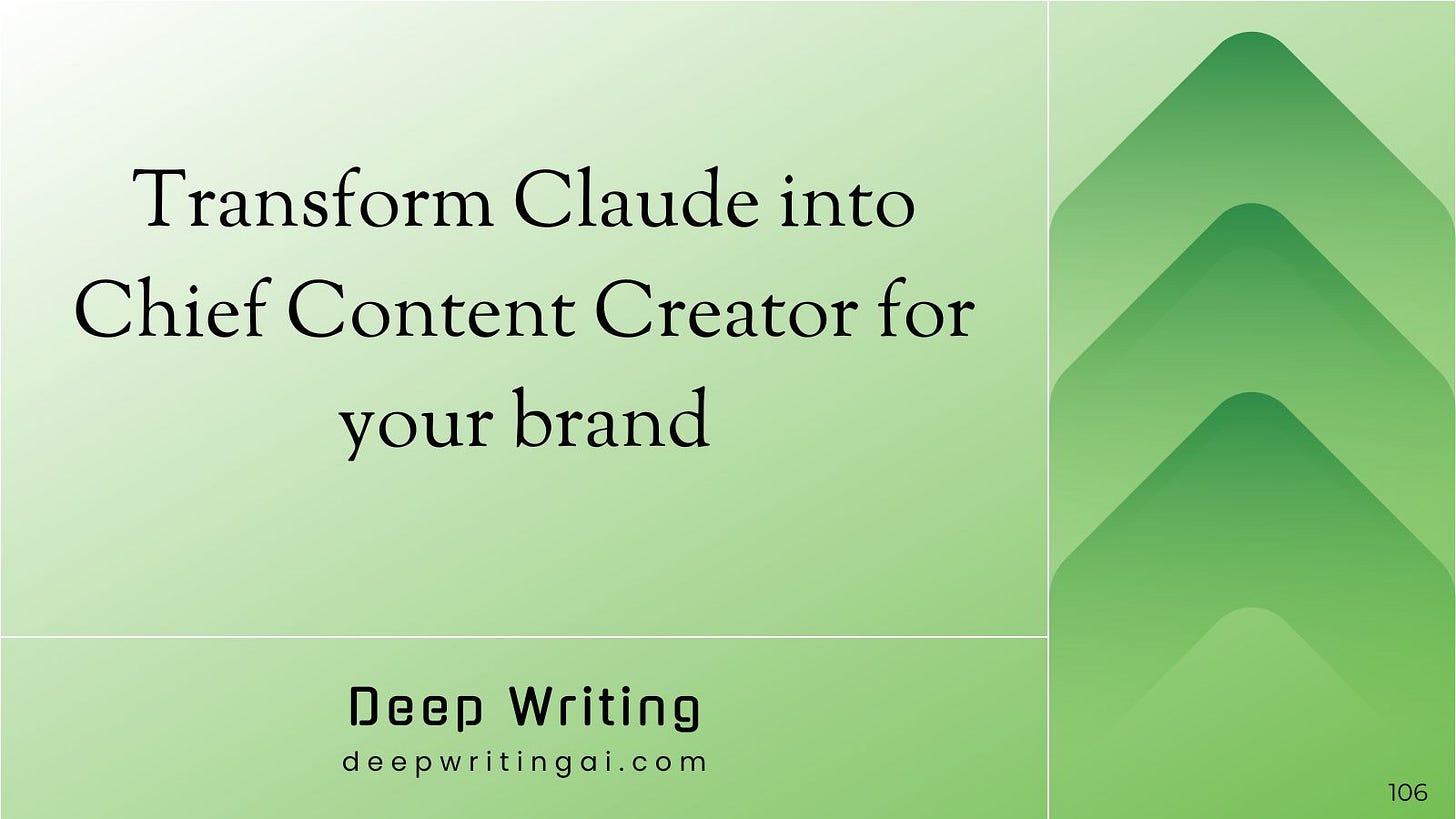

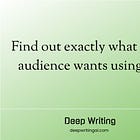

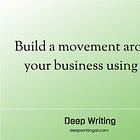
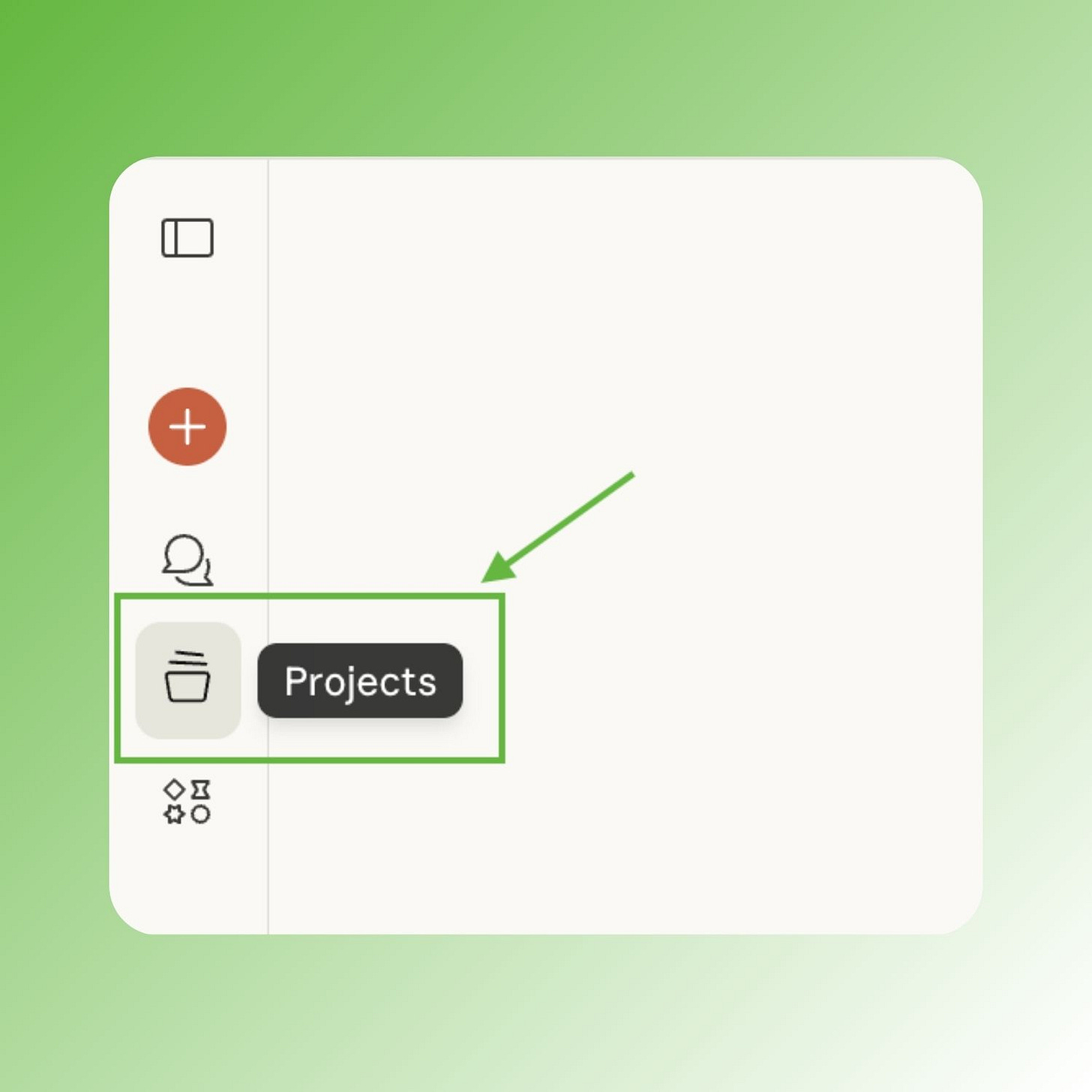


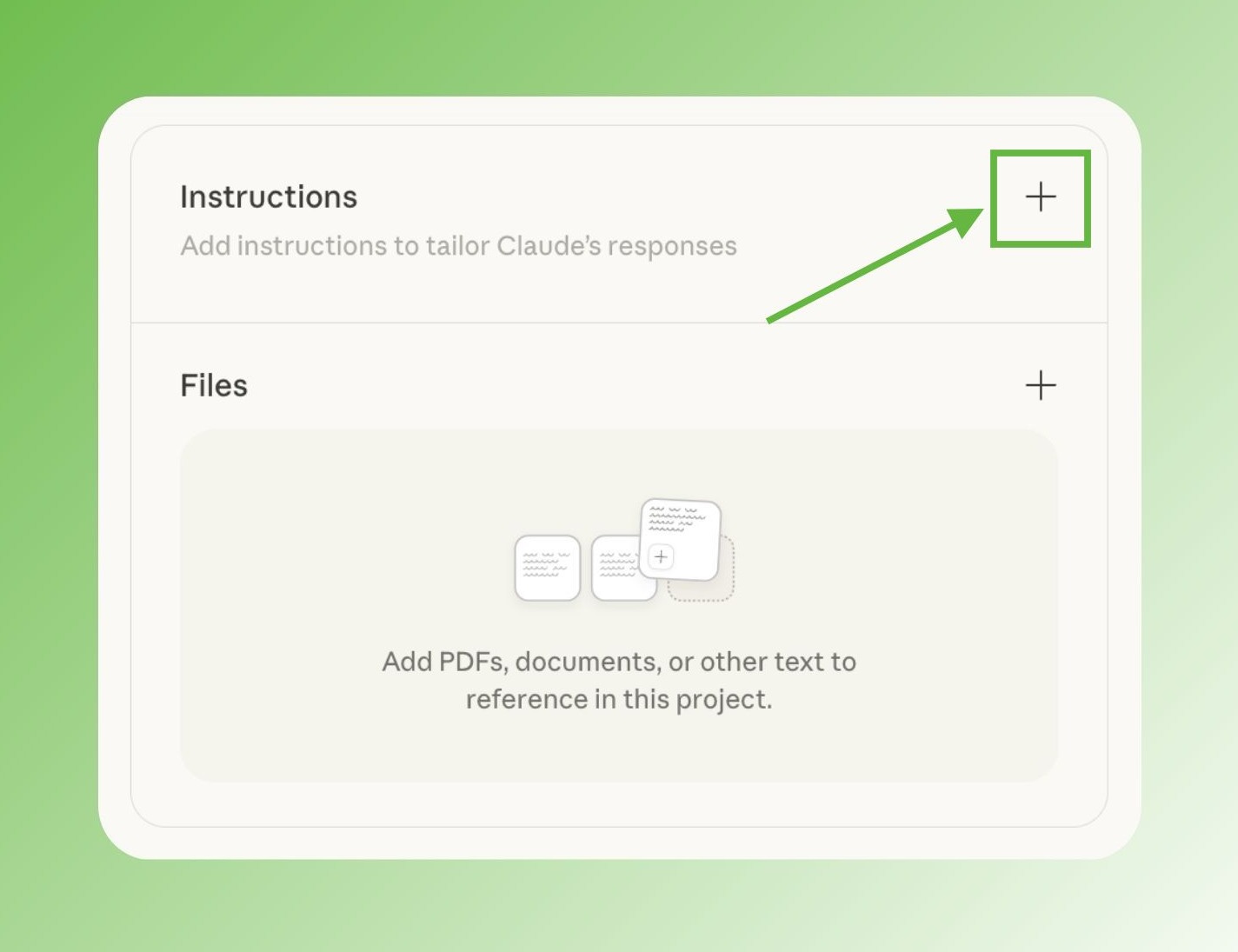

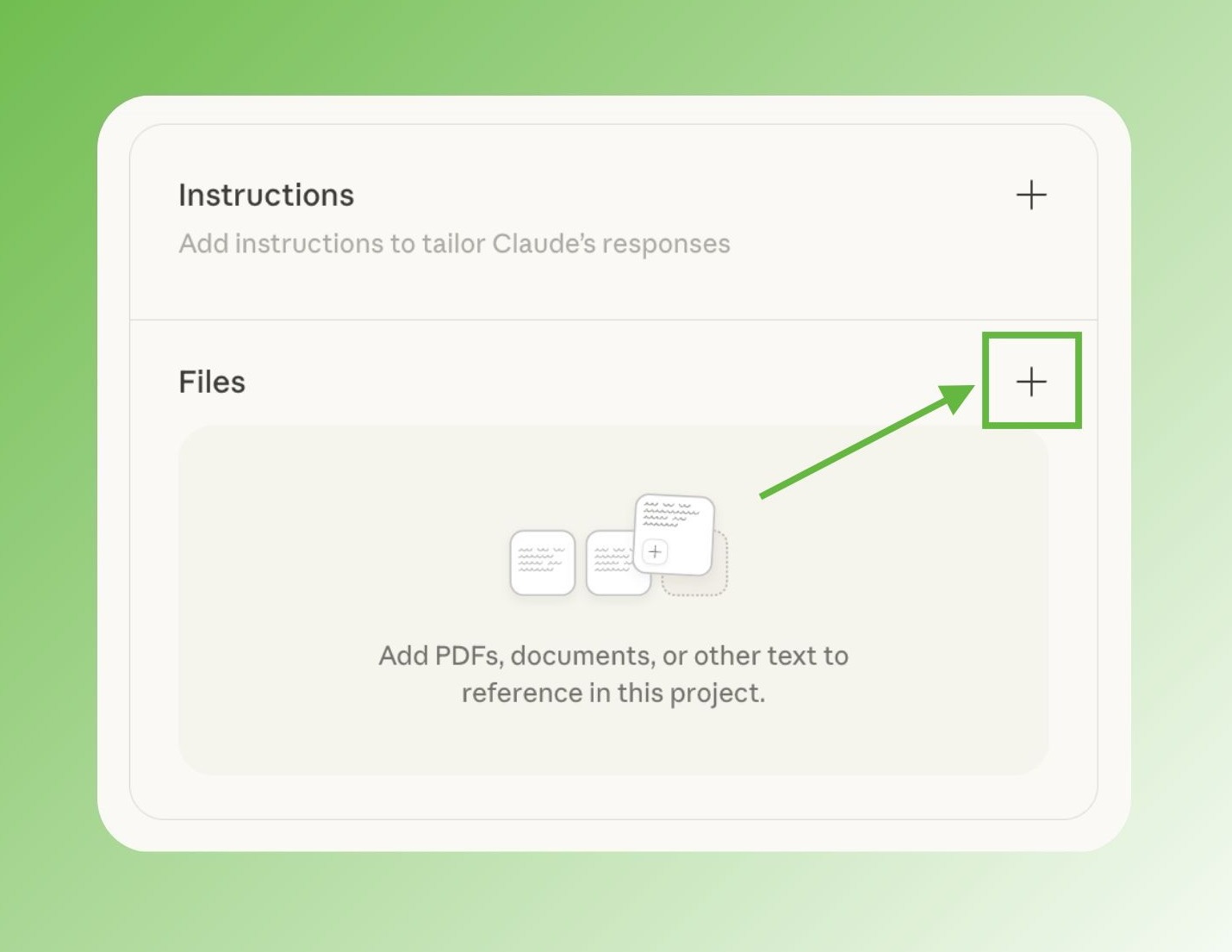

Wow, so much value in this post. A lot to unpack and to test. Thank you so much for putting this info together.
Brilliant insights, Tuhin Patra!